Over the years, I’ve dry-cured, wet-brined, and equilibrium-cured just about every cut of meat you can imagine. Both methods achieve the same goal — preservation and flavor — but in very different ways. Understanding those differences helps you choose which method fits your next project best.
Dry curing and wet brining are the two classic methods for transforming fresh meat into something richer, more intense, and longer-lasting. They’ve been around for centuries, evolving from necessity to craft. Today, the choice often comes down to your goal: are you preserving, seasoning, or preparing to smoke and cook?
Quick Comparison: Dry vs Wet Curing
| Aspect | Dry Curing | Wet Brining |
|---|---|---|
| Medium | Salt and spices are applied directly onto meat | Meat submerged in a salt brine water solution |
| Primary Goal | Either salt penetration or holding moisture on surface for cooking | Either salt penetration or holding moisture on surface for cooking |
| Best For | Salumi, prosciutto, pancetta | Fish, turkey, ham, lean meats |
| Timeframe | 1+ Day or More | 5 Mins or More |
| Equipment | Container or Bag | Food-safe container or, sous vide bag bucket |
What Is Dry Curing?
Dry curing means applying salt directly to the surface of the meat. The salt draws moisture out and lowers water activity inside the meat (unless it’s equilibrium curing, which ‘equalizes inside the bag the salt concentration).
Light dry curing can hold moisture on the meat during cooking, and also the second use of dry curing.
For penetration dry curing, this environment makes it harder for spoilage bacteria to grow while concentrating natural flavor. It’s the technique behind prosciutto, pancetta, lonza, and other traditional charcuterie styles that can last months or even years.
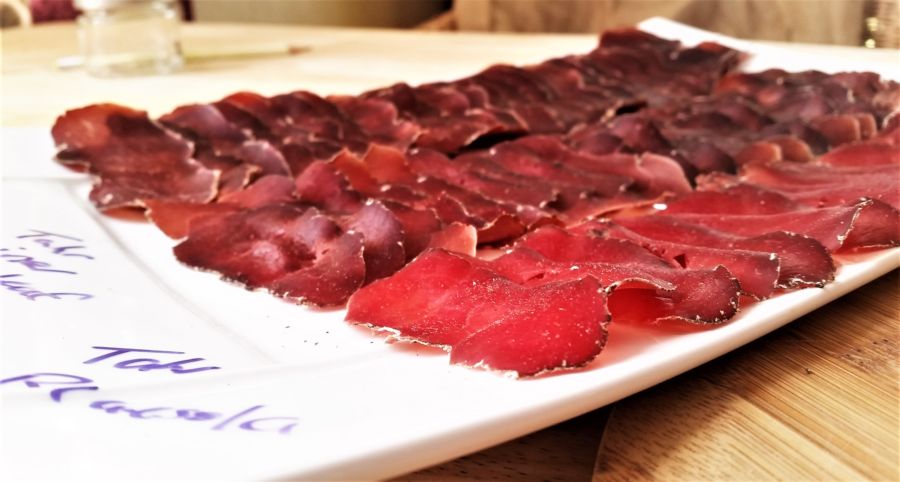
Salt Box (Traditional Dry Method)
The classic salt box or saturation method involves burying the meat in salt for a set period — typically one day per half to one kilogram (or one to two pounds) of meat. This method dates back centuries and is still used to produce some of the finest hams in Italy and Spain.
The salt penetrates the meat, pulling moisture out as it cures. It’s simple, effective, and often produces a salty outcome, and can lead to uneven or overly salty results if not managed carefully.
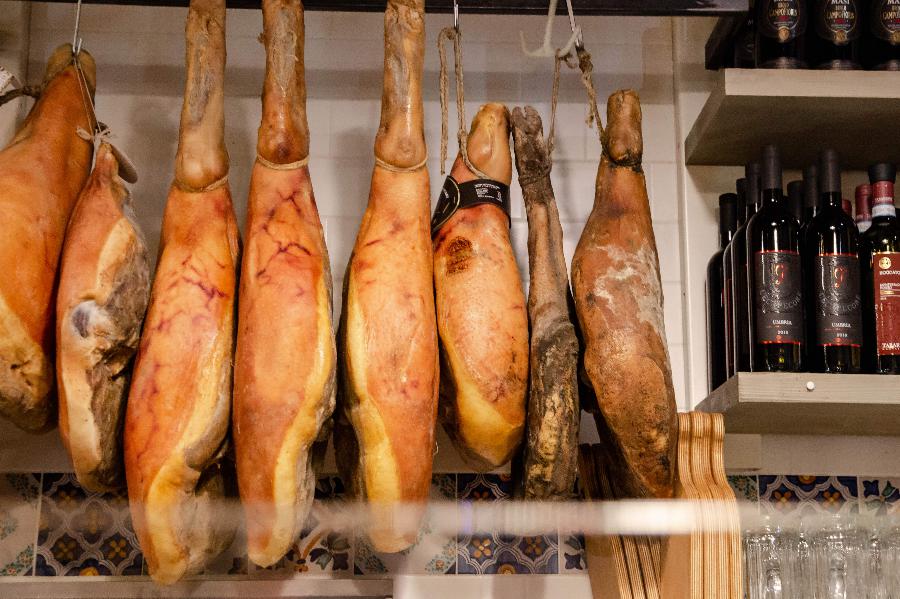
When I use this method, it often happens that I want to speed up the process, for instance, when I’ve caught a lot of fish. The downside is precision; temperature, fat content, and salt concentration all affect the final result.
Equilibrium Curing (Modern Precision Method)
Equilibrium curing is the modern refinement of dry curing. Instead of guessing how much salt the meat will absorb, I calculate an exact percentage of salt based on total meat weight — usually between 2–3% for long cures.
The salt is evenly distributed throughout the meat over time, preventing the “too salty or not salty enough” problem common with the traditional approach.
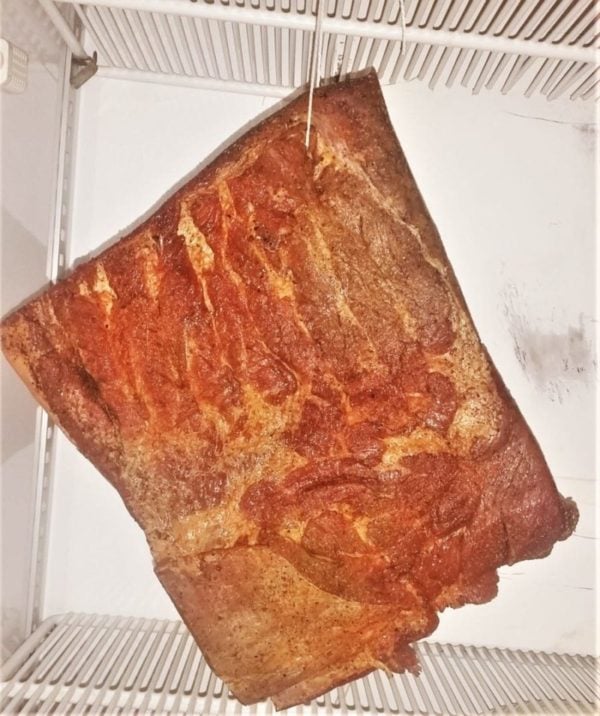
This method has transformed how I cure meats at home over the last few decades. It’s consistent, repeatable, and perfect for both short and long-term projects. Whether I’m curing a small venison muscle or a 5-kilogram pork belly, I know exactly how salty it will be — regardless of how long I leave it to rest.
What Is Wet Brining?
Wet brining, also known as immersion curing, wet curing or pickling, uses a saltwater solution instead of dry salt. The meat absorbs both water and salt, resulting in a juicier, milder product, based on my experience.
I often use wet brining for fish, poultry, or hams — any meat where moisture retention matters more than preservation time.
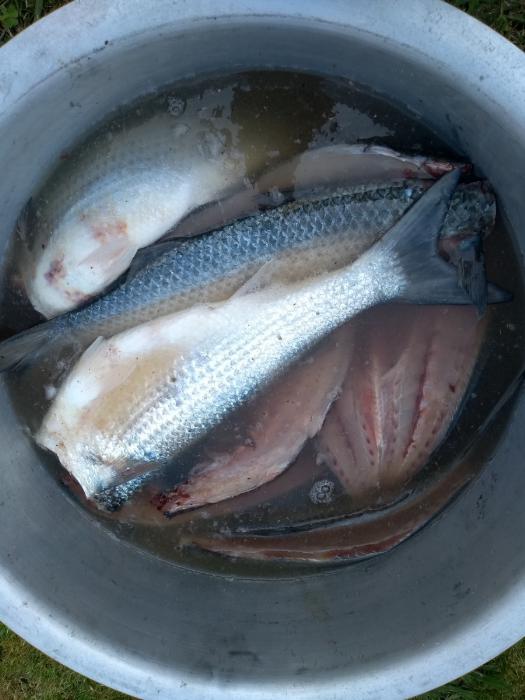
Wet brines are ideal for short projects or when you’re going to cook or smoke the meat soon after curing. For instance, I’ll brine fish fillets for only a few minutes in a strong brine, or turkey breasts for several days in a milder one.
The salt binds water inside the meat, helping it stay moist even after cooking or hot smoking.
While dry curing removes water to preserve, wet brining adds controlled moisture to protect tenderness and prevent the meat from drying out. Both are valuable tools — it just depends on the cut, your setup, and your desired outcome.
However, what confused many is you can wet cure meat, then dry it for preservation also!
Hot & Cold Smoking: Where Curing Fits
Both dry curing and wet brining play an essential role in specific smoking projects, but for different reasons. The type of smoking — cold or hot (cooking) — determines which curing approach works best.
An advanced style of smoking is between temperatures for warm smoking, prevalent in Eastern Europe.
Cold Smoking and Dry Curing
Cold smoking utilizes unheated smoke, maintaining a temperature well below 30°C / 85°F.
Di you know fish slowly start to cook above this temperature? Very slowly.
This means the meat never actually cooks; it simply absorbs flavor while continuing to dry.
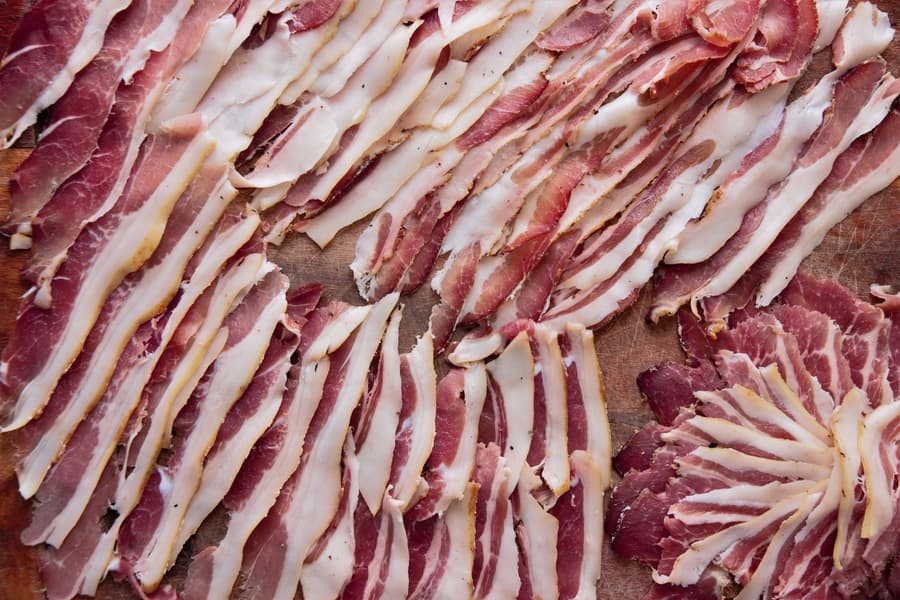
That’s how I make most of my charcuterie and bacon — dry cure first, then dry and/or cold smoke for depth. It’s how many prosciutto, pancetta, and salumi gain that firm texture and deep, savory umami aroma. Once cured and dried, you can store meats for months, provided they stay in the right environment.
Hot Smoking and Wet Brining
Hot smoking cooks and smokes at the same time, typically between 80–120°C / 175–250°F. Since heat kills bacteria and cooks the meat fully, wet brining is a better match. The saltwater brine helps the meat retain moisture as it cooks, preventing it from drying out during the smoking process.
I use this method for wild turkey, ham, or trout. A mild brine keeps the texture tender and juicy, even when smoked for several hours. Leaner meats benefit the most because the salt and moisture balance out what fat would otherwise provide.
How to Choose the Right Method
Your choice between dry curing and wet brining comes down to three key factors: the type of meat, your goal, and the time you have.
By Cut and Fat Content
Fatty cuts like pork belly, beef topside, or venison backstrap do best with dry curing. They already have enough internal richness to benefit from salt-driven flavor concentration.
A water salt cure takes a long time to travel through fat, since hard fat is low in water versus meat muscle.
Meats, such as poultry or fish, benefit from wet brining to protect against over-drying.
By Goal and Preservation Time
If you’re after long-term preservation, go for a dry cure. The process pulls out moisture and builds flavor over time. If your goal is to season and smoke something for a meal within a few days, wet brining is the ideal method.
By Equipment and Environment
For small projects, you can dry cure in a regular fridge with lean cuts and shorter curing times. For larger or long-term projects, a proper curing chamber or conducive environment.
My chamber maintains a temperature of around 11°C (52°F) with 75% relative humidity — conditions that allow flavor to develop slowly without drying the meat too quickly. If you’re interested in a comprehensive walkthrough, I’ve written about the ideal temperature and humidity for a curing chamber, as well as the equipment that maintains stability.
Dry Curing at Home
At home, I use both methods depending on the goal. For equilibrium curing, I typically start with approximately 2–2.5% salt in relation to the total meat weight. The accuracy of this approach is what makes it my go-to. You can see a detailed process in my step-by-step guide to dry curing at home.
For more traditional projects, especially when I want that rustic flavor and texture, I’ll use the salt box method. It’s not as precise, but it captures the heritage of how dry curing was first done.
Suppose you prefer to experiment with modern curing precision. In that case, my guide to using pink curing salt explains how nitrates and nitrites contribute to equilibrium curing, providing added safety and color development.
Expert Tips from Experience
- Start simple. One muscle, one cure ratio — don’t overcomplicate early meat curing projects.
- Weigh everything. Accuracy with salt percentage ensures predictable flavor and safety (for EQ curing)
- Keep notes. Humidity, time, and taste feedback make future projects better.
- For longer-term curing, control airflow. Too much, and the outside dries before the inside; too little, and you risk a mold imbalance.
- Use quality salt. Sea salt gives a clean flavor and balanced mineral content.
Learn More About Advanced Curing
Once you’ve mastered the basics, equilibrium curing brings ultimate consistency. Read the complete guide to equilibrium curing to understand precise ratios, equipment, and timing for both dry and wet styles.
FAQ
Is dry curing safer than wet brining?
Dry curing is safer for long-term preservation because moisture is removed, limiting bacterial growth. Wet brining suits shorter projects or meats that will be cooked soon after curing.
What is equilibrium curing?
It’s a modern curing method that calculates salt as a percentage of total meat weight. This prevents over-salting and ensures even flavor in every batch.
Should I use dry or wet cure before smoking?
For cold smoking, always dry cure first to prevent spoilage. For hot smoking, wet brining keeps the meat juicy during cooking.
Have a question about your curing project or a method that worked differently for you? Leave a comment below — I’m always happy to share ideas and experiences from the curing community.

Tom Mueller
For decades, immersed in studying, working, learning, and teaching the craft of meat curing, sharing the passion and showcasing the world of charcuterie and smoked meat. Read More

So what would my ratios be for a 16lb brisket I’m doing for pastrami? I premeasured the water looks ..like i need 2.5 gallons to cover. Would I also double or triple the spices too? All the recipes i find are for 5ish pound briskets.
pastrami ok. I’ve just plugged some info into my curing calc on this page
I would be using equilibrium brining @ 0.8% salt, though the water content is a bit much – using equilibrium brining makes these types of calls way easier for me! a tablespoon of salt varies too much depending on the salt! (ie volumes do not equal weight)
Pink Curing Salt 39.01 g or 1.376 oz
Sea Salt 124.83 g or 4.403 oz
Water 8.346 liters or 2.205 gallons
What unit of temperature you are mentioning, is it in Fahrenheit or in Centigrade?
Not sure what you mean, I dont mention any specifics in this post? both I guess? Feel free to be more specific
You did mention temperatute: “It’s cold and 80° brine …” unless you meant to say 80% brine.
I meant degree SAL brine – here some other info if you haven’t heard of it
https://seafood.oregonstate.edu/sites/agscid7/files/snic/preparation-of-salt-brines.pdf